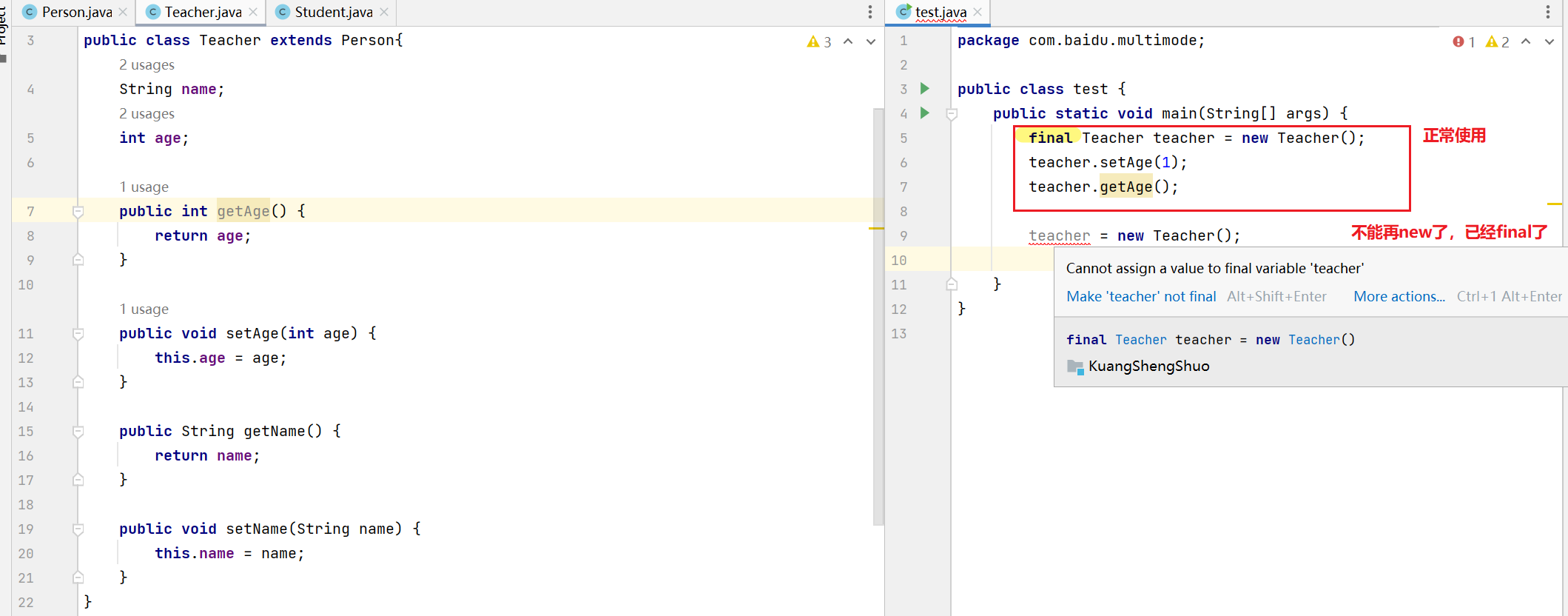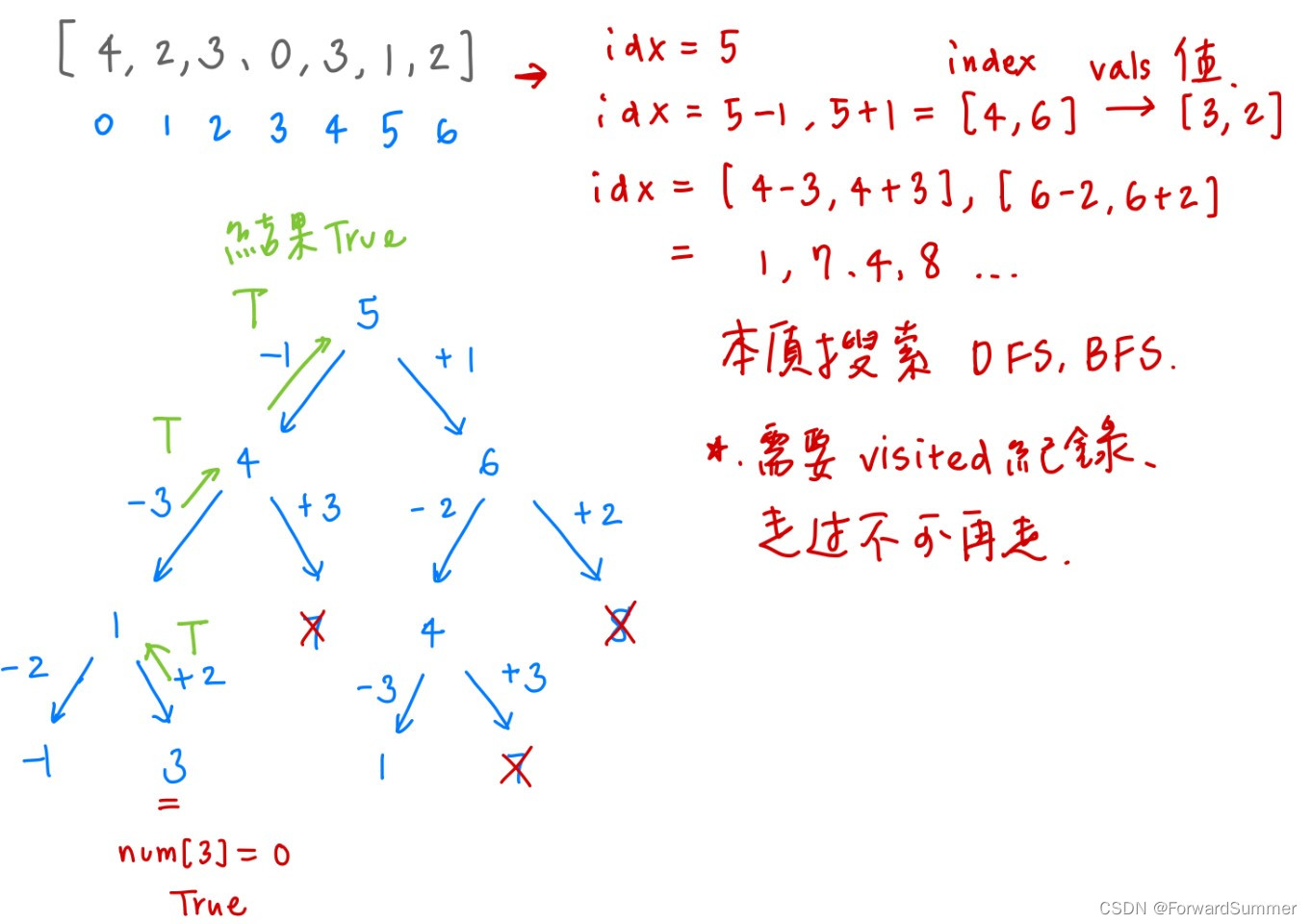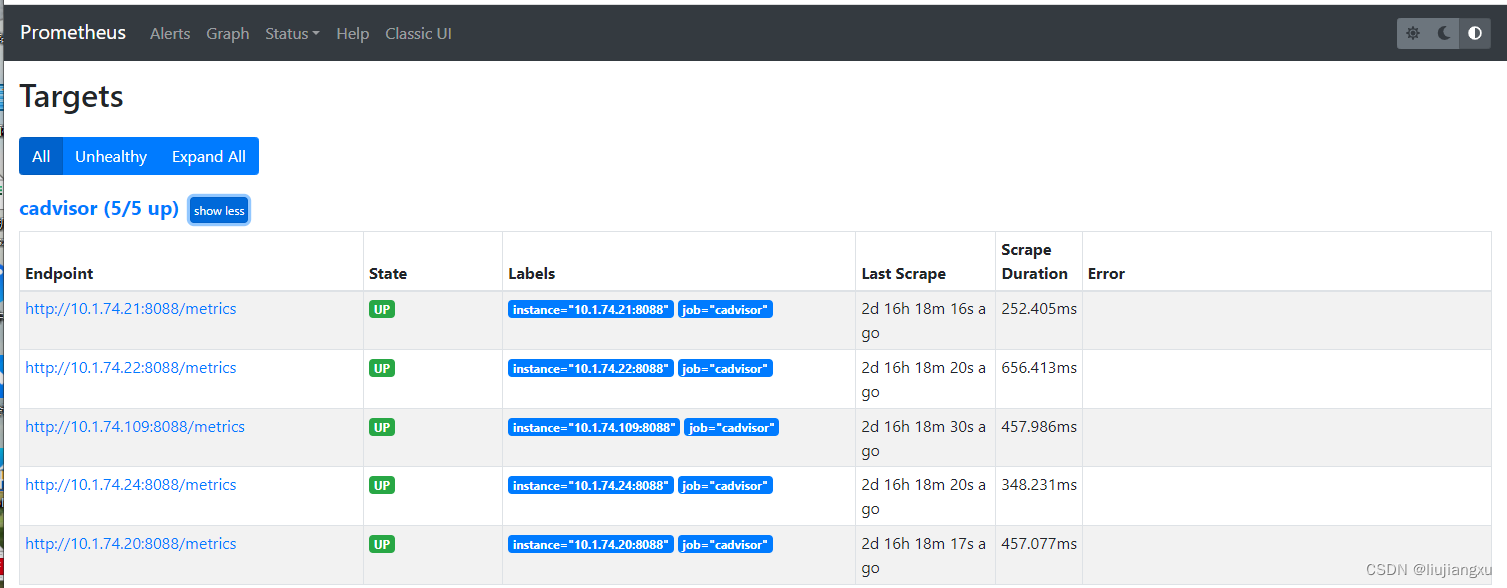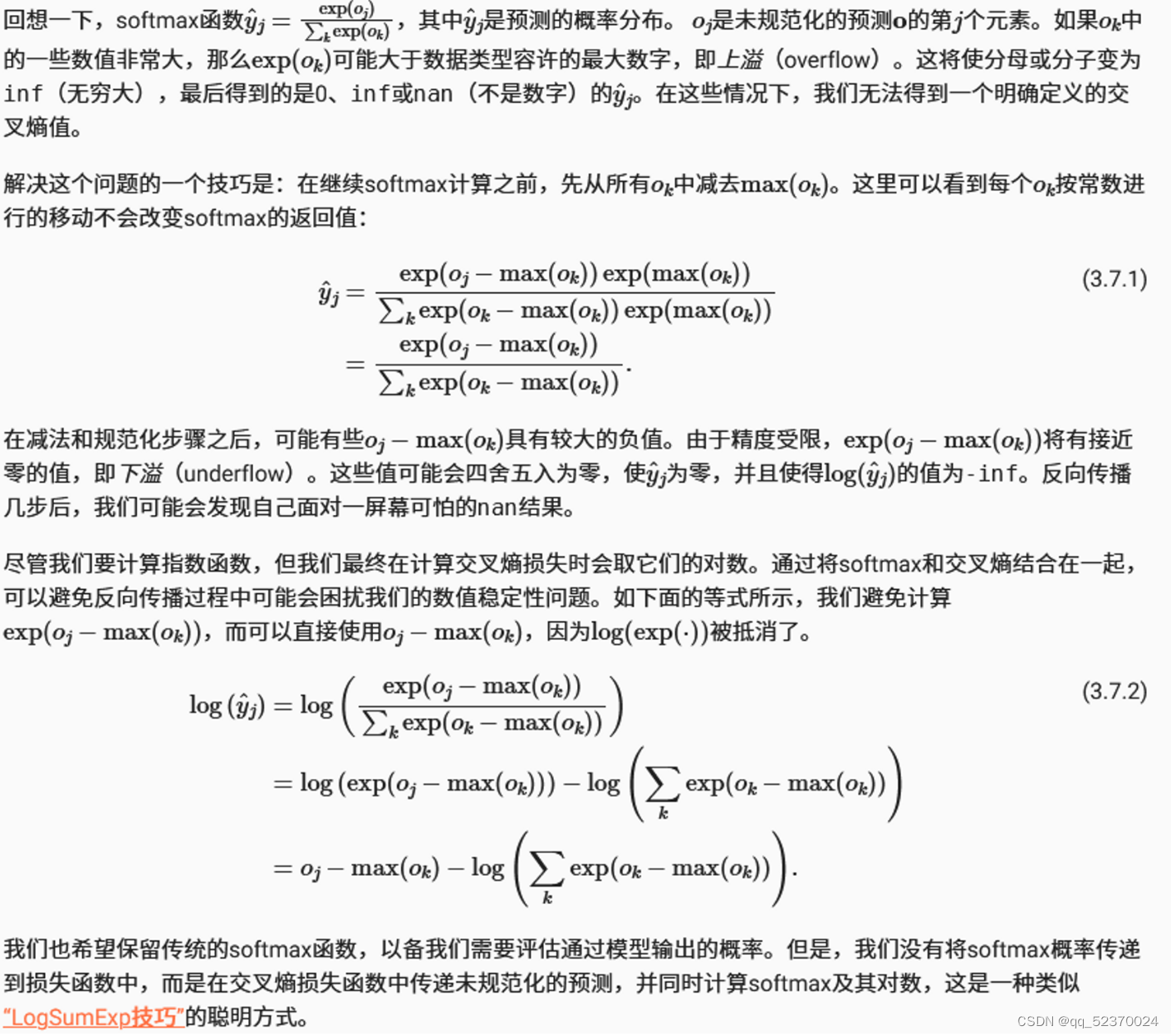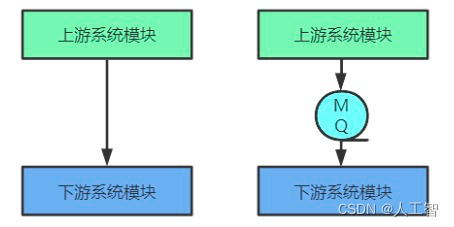文章目录
- 1. radio
- 原型
- 作用
- 示例
- 2. duration
- 原型:
- 作用
- 示例
- 3. time_point
- 原型
- 作用
- 示例
- 4. clocks
- system_clock
- 示例
- steady_clock
- 示例
- high_resolution_clock
先说感觉,这个库真恶心,刚接触感觉跟shi一样,特别是那个命名空间,太长了。
就像这样:

后来感觉设计还挺巧妙,才觉得看起来顺眼一些。
1. radio
原型
template <intmax_t N, intmax_t D = 1> class ratio;
作用
时间换算的比率 / 表示时间精度。
ratio是一个比率的模板(分子/分母)。第一个模板参数是分子,第二个模板参数是分母,也可以只提供第一个,这样分母默认是0。主要用来表示精度、
可以把它当成一个分数,仅有ratio我们是做不了什么的。
示例
ratio<60, 1> minute;
ratio<1, 1> second;
ratio<1, 1000> millisecond;
当然,头文件有预定义的例子,可以参考:
typedef ratio<1, 1000000000000000000> atto;
typedef ratio<1, 1000000000000000> femto;
typedef ratio<1, 1000000000000> pico;
typedef ratio<1, 1000000000> nano;
typedef ratio<1, 1000000> micro;
typedef ratio<1, 1000> milli;
typedef ratio<1, 100> centi;
typedef ratio<1, 10> deci;
typedef ratio< 10, 1> deca;
typedef ratio< 100, 1> hecto;
typedef ratio< 1000, 1> kilo;
typedef ratio< 1000000, 1> mega;
typedef ratio< 1000000000, 1> giga;
typedef ratio< 1000000000000, 1> tera;
typedef ratio< 1000000000000000, 1> peta;
typedef ratio< 1000000000000000000, 1> exa;
2. duration
原型:
template <class Rep, class Period = ratio<1> > class duration;
构造函数(想快点理解话,主要看第4个):
(1)duration() = default; //默认构造
(2)duration (const duration& dtn); //(2)(3)拷贝构造
(3)template<class Rep2, class Period2>
constexpr duration (const duration<Rep2,Period2>& dtn);
(4)template<class Rep2> //传递一个某类型(int等)的数值,构造一个时间段
constexpr explicit duration (const Rep2& n);
作用
表示一段时间。
第一个模板参数Rep可以是int、float、double,第二个模板参数Period用来表示精度。Rep表示Period的数目。
duration模板中的方法count用来返回Period的数量,返回值是Rep类型。
不同类型的duration之间的转换用duration_cast<>,原型如下:
template <class ToDuration, class Rep, class Period>
constexpr ToDuration
duration_cast (const duration<Rep,Period>& dtn);
示例
#include <iostream>
#include <chrono>
#include <ctime>
using namespace std;
using namespace chrono;
int main (void)
{
using seconds_type = duration<int, ratio<1, 1>>;
using minutes_type = duration<int, ratio<60, 1>>;
using hours_type = duration<int, ratio<3600, 1>>;
using milliseconds_type = duration<int, ratio<1, 1000>>;
seconds_type oneday_seconds (3600 * 24);
hours_type oneday_hours (24);
minutes_type oneday_minutes (60 * 24);
milliseconds_type oneday_milliseconds (3600 * 24 * 1000);
cout << "一天的秒数: " << oneday_seconds.count() << endl;
cout << "一天的小时数: " << oneday_hours.count() << endl;
cout << "一天的分钟数: " << oneday_minutes.count() << endl;
cout << "一天的毫秒数: " << oneday_milliseconds.count() << endl;
hours_type oneday_hours_from_milliseconds = duration_cast<hours_type> (oneday_milliseconds);
hours_type oneday_hours_from_seconds = duration_cast<hours_type> (oneday_seconds);
hours_type oneday_hours_from_miniues = duration_cast<hours_type> (oneday_minutes);
cout << "转换后>>" << endl;
cout << "一天的小时数:" << oneday_hours_from_milliseconds.count() << endl;
cout << "一天的小时数:" << oneday_hours_from_seconds.count() << endl;
cout << "一天的小时数:" << oneday_hours_from_miniues.count() << endl;
cout << "一天的秒数:" << duration_cast<seconds_type> (oneday_milliseconds).count() << endl;
cout << "一天的秒数:" << duration_cast<seconds_type> (oneday_minutes).count() << endl;
cout << "一天的秒数:" << duration_cast<seconds_type> (oneday_hours).count() << endl;
cout << "一天的毫秒数:" << duration_cast<milliseconds_type> (oneday_seconds).count() << endl;
cout << "一天的毫秒数:" << duration_cast<milliseconds_type> (oneday_minutes).count() << endl;
cout << "一天的毫秒数:" << duration_cast<milliseconds_type> (oneday_hours).count() << endl;
}
打印结果:
一天的秒数: 86400
一天的小时数: 24
一天的分钟数: 1440
一天的毫秒数: 86400000
转换后>>
一天的小时数:24
一天的小时数:24
一天的小时数:24
一天的秒数:86400
一天的秒数:86400
一天的秒数:86400
一天的毫秒数:86400000
一天的毫秒数:86400000
一天的毫秒数:86400000
也可以用头文件中预定义的:
/// nanoseconds
using nanoseconds = duration<_GLIBCXX_CHRONO_INT64_T, nano>;
/// microseconds
using microseconds = duration<_GLIBCXX_CHRONO_INT64_T, micro>;
/// milliseconds
using milliseconds = duration<_GLIBCXX_CHRONO_INT64_T, milli>;
/// seconds
using seconds = duration<_GLIBCXX_CHRONO_INT64_T>;
/// minutes
using minutes = duration<_GLIBCXX_CHRONO_INT64_T, ratio< 60>>;
/// hours
using hours = duration<_GLIBCXX_CHRONO_INT64_T, ratio<3600>>;
...
...
3. time_point
原型
template <class Clock, class Duration = typename Clock::duration>
class time_point;
另外看一下system_clock中内容:
struct system_clock
{
typedef chrono::nanoseconds duration;
typedef duration::rep rep;
typedef duration::period period;
typedef chrono::time_point<system_clock, duration> time_point;
...
标准库有三种钟:system_clock,steady_clock和high_resolution_clock。
可以看出system_clock::time_point默认用的钟是system_clock,duration是纳秒级别的nanoseconds。
同时,为了转换不同的time_point,还提供了time_point_cast:
template <class ToDuration, class Clock, class Duration>
time_point<Clock,ToDuration>
time_point_cast (const time_point<Clock, Duration>& tp);
作用
表示时间点,一个time point必须有一个clock计时
示例
- 打印
system_clock::time_point tp_epoch;
time_point<system_clock, seconds> tp_seconds (seconds (1));
time_point<
//默认的time_point是纳米级:
system_clock::time_point tp (tp_seconds);
printf ("system_clock中,一秒对应%d个时钟周期\n",
tp.time_since_epoch().count() );
system_clock::time_point
time_t time = system_clock::to_time_t (tp);
printf ("tp的打印结果:%s", ctime (&time));
打印结果:
system_clock中,一秒对应1000000000个时钟周期
tp的打印结果:Thu Jan 1 08:00:01 1970
- 转换
using days_type = duration<int, ratio<3600 * 24>>;
time_point<system_clock, days_type> today
= time_point_cast<days_type> (system_clock::now());
printf ("从epoch到现在的天数: %d", today.time_since_epoch().count());
打印结果:
从epoch到现在的天数: 19415
到这里应该更能体会到,那个ratio<3600 * 24>,表示一个单位,int其实是单位的数量,整体看起来就是一段时间,只不过这段时间的精度是按天来算的,且数目是int类型。
4. clocks
system_clock
system_clock表示当前的系统时钟,系统中运行的所有进程使用now()得到的时间是一致的。
每一个clock类中都有确定的time_point, duration, Rep, Period类型。
操作有:
now()- 当前时间
time_point
- 当前时间
to_time_t()- 将
time_point转换成time_t秒
- 将
from_time_t()- 从
time_t转换成time_poin
- 从
示例
计算时间日期
#include <iostream>
#include <chrono>
#include <ctime>
#include <fmt/format.h>
using namespace std;
using namespace chrono;
int main (void)
{
using days_type = duration<int, ratio<3600 * 24>>;
days_type one_day (1);
system_clock::time_point today = system_clock::now();
system_clock::time_point tomorrow = today + one_day;
time_t time = system_clock::to_time_t (today);
printf ("今天是:%s", ctime (&time));
time = system_clock::to_time_t (tomorrow);
printf ("明天是:%s", ctime (&time));
}
steady_clock
steady_clock 为了表示稳定的时间间隔,后一次调用now()得到的时间总是比前一次的值大(这句话的意思其实是,如果中途修改了系统时间,也不影响now()的结果),每次tick都保证过了稳定的时间间隔。
操作有:
now()- 获取当前时钟
示例
典型的应用是给算法计时。
#include <iostream>
#include <chrono>
#include <ctime>
#include <fmt/format.h>
using namespace std;
using namespace chrono;
int main (void)
{
steady_clock::time_point t1 = steady_clock::now();
cout << "打印1000个 *" << endl;
for (int i = 0; i < 1000; ++i)
cout << "*";
cout << endl;
steady_clock::time_point t2 = steady_clock::now();
duration<double> time = duration_cast<duration<double>> (t2 - t1);
cout << "花费的秒数:" << time.count() << endl;
}
*************************************...
花费的秒数:9.3816e-05
high_resolution_clock
最后一个时钟,high_resolution_clock 顾名思义,这是系统可用的最高精度的时钟。实际上high_resolution_clock只不过是system_clock或者steady_clock的typedef。
操作有:
now()- 获取当前时钟。
参考博客:
C++11 std::chrono库详解
c++11 chrono全面解析(最高可达纳秒级别的精度)

